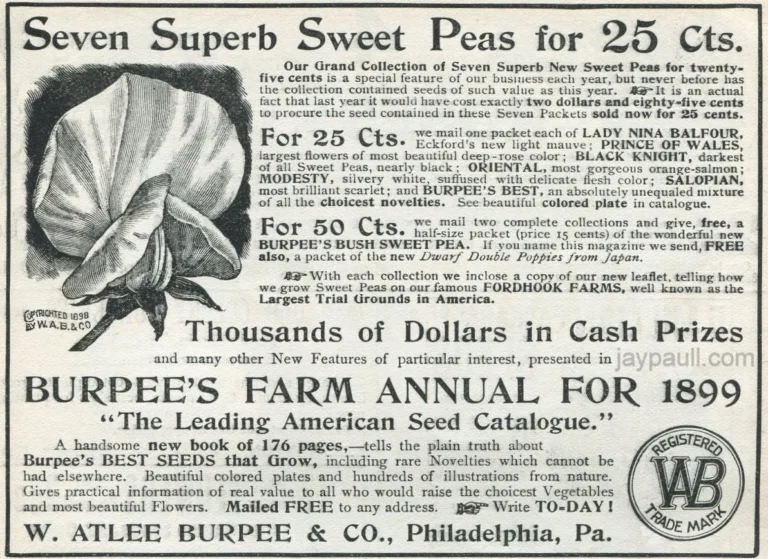
Most consumers can’t tell the difference between one table salt and another. Or one gallon of gasoline from the next. That’s the challenge of marketing in a commodity space—you’re offering something that looks, feels, and performs just like the competition. So how do some brands still manage to create fierce customer loyalty in these spaces?
It takes more than just price cuts. Successful brands in commodity categories know how to craft meaning, trust, and emotional connection. Let’s explore how U.S.-based brands are doing just that—breaking through the noise and building long-term value, even when their product isn’t all that different.
1. Understanding Commodity Spaces
Commodity products are typically undifferentiated goods—things like milk, paper towels, batteries, or gasoline—where price often becomes the deciding factor. They’re easy to replace and hard to personalize.
Yet even in such categories, there’s room for brands to shine. Think about Bounty paper towels, which dominate shelf space despite competition from cheaper options, or Dawn dish soap, which continues to command premium prices in a crowded market.
In these cases, the product may be similar—but the brand story, trust, and experience set them apart.
Also Read : Why Blending In Is Bad for Business
2. Branding: The Most Potent Differentiator
Branding in commodity categories is not about superiority—it’s about perceived value.
Consider Charmin toilet paper. Does it clean that much better than others? Maybe not. But Charmin’s branding—built on humor, comfort, and consistency—has carved out an emotional territory. You trust it because it feels familiar.
Old Spice is another textbook case. Once seen as a “dad brand,” it reinvented itself through offbeat, viral marketing. Same deodorant aisle, totally different energy.
3. Innovation in an Uninspired Space
Innovation doesn’t always mean product changes. It can mean repackaging, new formats, or even altering how the product is delivered.
Dr. Squatch took the most basic product—soap—and exploded in the U.S. market with clever YouTube ads, rugged branding, and a subscription model. The result? Commodity turned cult.
Liquid Death sells canned water. But the branding feels like an energy drink, aimed at Gen Z and millennials. The water is still water—but the packaging, tone, and mission (“murder your thirst” and kill plastic waste) made it a $700M brand.
Also Read : Top 10 Marketing Facts That Don’t Add Up
4. The Power of Storytelling and Purpose
Consumers increasingly care about values. Even in commodity spaces, brands with clear, purpose-driven stories win.
Ben & Jerry’s doesn’t just sell ice cream. It sells activism, ethical sourcing, and social justice—baked into every pint. Seventh Generation, a cleaning and paper products brand, has built loyalty by emphasizing sustainability and transparency.
If people believe they share values with a company, they will stay loyal—even when cheaper options exist.
5. Packaging and Shelf Presence
When a product is physically indistinct, how it looks on the shelf matters. Bold design, typography, and colors can create impulse purchases.
RXBar stands out by being brutally honest: “3 Egg Whites. 6 Almonds. 2 Dates. No B.S.” That copy isn’t just quirky—it’s trust-building. Method cleaning products use sleek bottles and vibrant colors to scream modernity in a boring aisle.
Design is the first moment of trust for a commodity brand.
6. Pricing Isn’t Always a Race to the Bottom
While discounts work short-term, long-term positioning should avoid being the “cheapest.”
Starbucks is often more expensive than local coffee or even Dunkin’, yet remains a go-to because of consistency, atmosphere, and personalization. Similarly, Tide maintains a premium detergent position due to performance messaging and decades of brand capital.
That said, Costco’s Kirkland Signature proves that private labels can win in commodity space through smart pricing paired with quality assurance. It’s not either/or—it’s about building the right perception.
7. Community and Content
Brands can become cultural fixtures even in bland categories through content and community engagement.
Yeti doesn’t just sell coolers—they’ve built a rugged lifestyle brand with viral video content and loyal outdoor enthusiasts. Their marketing lives far beyond the product specs.
Glossier, despite being in a commoditized skincare world, built a brand through blog content, community engagement, and social sharing.
📌 Continue reading…
In the next section, we break down actionable strategies for small and mid-sized brands in the commodity space—including tips on building brand equity with limited budgets.


